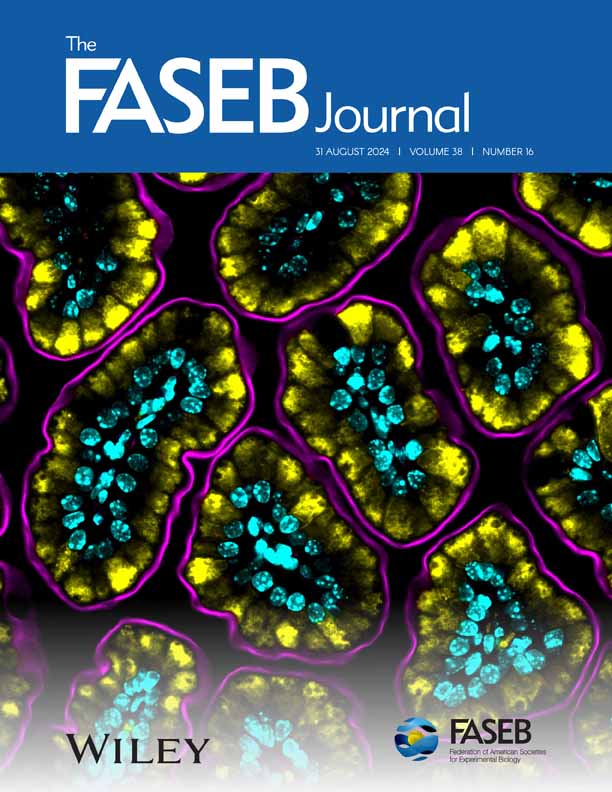A Novel Exopolysaccharide, Highly Prevalent in Marine Spongiibacter, Triggers Pyroptosis to Exhibit Potent Anticancer Effects
Abstract
Pyroptosis is an inflammatory programmed cell death. In recent years, the potential of pyroptosis in tumor treatment has received widespread attention and has become a promising anti-tumor therapeutic strategy. EPS3.9 is a novel deep-sea bacterial exopolysaccharide that we obtained and has potent anti-tumor activity. EPS3.9 consisted of mannose and glucose with a molar ratio of 1:0.42. The average molecular weight of EPS3.9 was 17.1 kDa. EPS3.9 can induce lytic cell death in tumor cells. Mechanism analysis has revealed that it can directly target 5 membrane phospholipids and exert tumor cytotoxic activity through triggering NLRP3 inflammasome-mediated pyroptosis in the human monocytic leukemia THP-1 cells. EPS3.9 also has significant anti-tumor effects in Huh7.5 tumor-bearing mice and can activate anti-tumor immune responses. Besides, this active exopolysaccharide is ubiquitous among the genus Spongiibacter. This study provides an important theoretical basis for EPS3.9 as a new type of marine carbohydrate anti-tumor drug candidate and also provides scientific evidence for the feasibility and potential of tumor treatment by triggering pyroptosis.


 求助内容:
求助内容: 应助结果提醒方式:
应助结果提醒方式:


